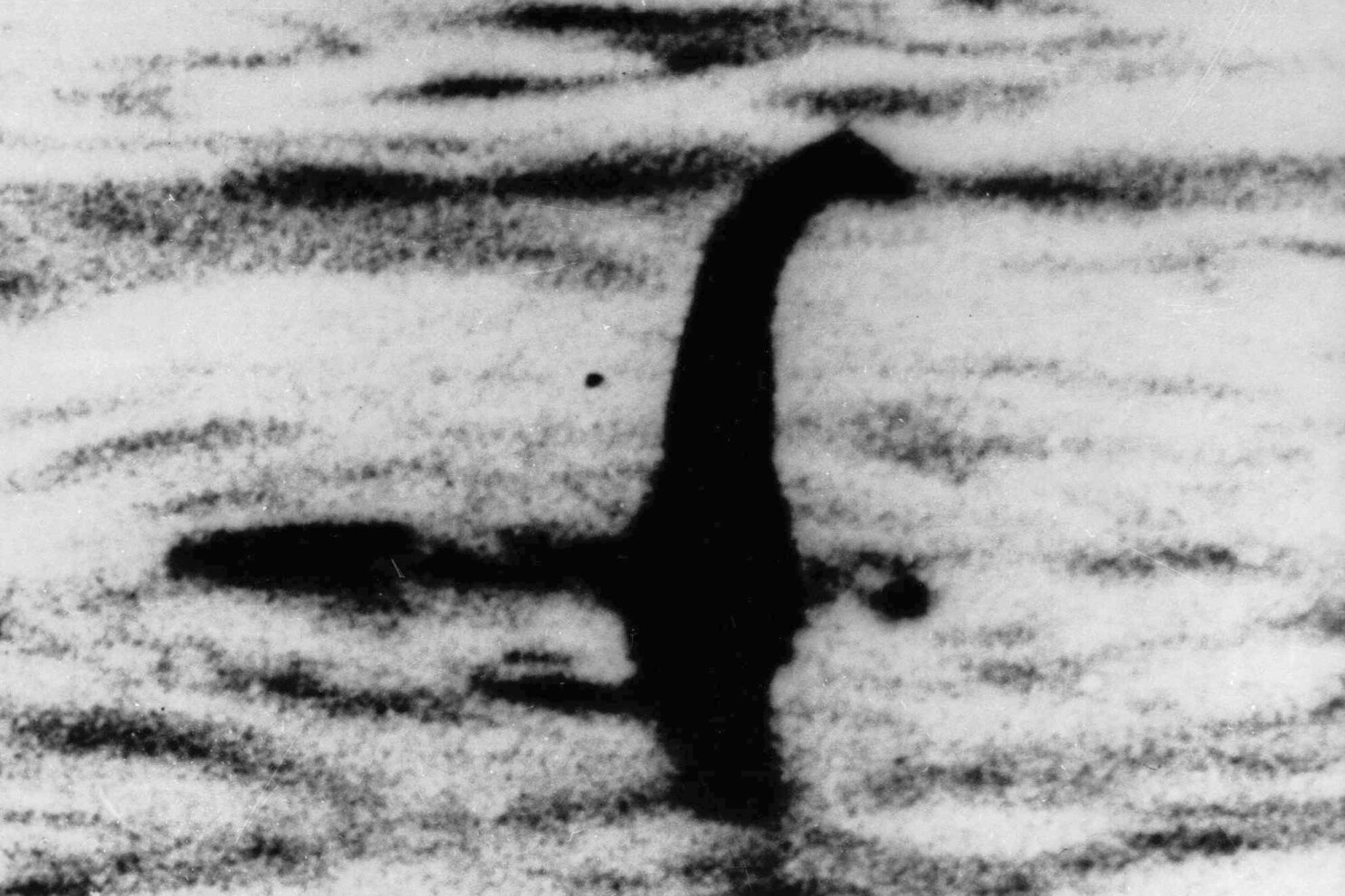


The Loch Ness Monster: Scotland's Legendary Cryptid
The Loch Ness Monster, often affectionately referred to as "Nessie," is one of the most famous and enduring cryptids in the world. This elusive creature is said to inhabit Loch Ness, a deep freshwater lake in the Scottish Highlands. For nearly 1,500 years, tales of a mysterious aquatic being have captivated imaginations, drawing countless tourists, cryptozoologists, and skeptics to the region. Despite extensive investigations and debates, the Loch Ness Monster remains an enigma, shrouded in folklore, speculation, and mystery.
The legend of the Loch Ness Monster dates back to ancient times, with some of the earliest recorded accounts originating in the 6th century. A biography of Saint Columba, written by Adomnán, details an encounter that is often cited as the first recorded sighting of Nessie:
This tale is often viewed as a mix of Christian myth-making and early folklore. Nevertheless, it established the idea of a fearsome creature lurking in the waters near Loch Ness.
The modern Loch Ness Monster legend gained momentum in the early 20th century, particularly after a series of high-profile sightings in the 1930s:
The Spicer Sighting (1933): In July 1933, George Spicer and his wife claimed to have seen a large, long-necked creature crossing the road near Loch Ness. They described it as having a "waddling" movement and a body that was about 25 feet long.
The Surgeon’s Photograph (1934): This black-and-white photograph, taken by Dr. Robert Kenneth Wilson, is arguably the most famous image of Nessie. It appears to show a long neck and a small head emerging from the water. Decades later, in 1994, it was revealed to be a hoax—a toy submarine fitted with a model head—but it remains an iconic representation of the Loch Ness Monster.
These sightings coincided with the construction of a new road along Loch Ness, making the area more accessible to locals and visitors. Increased traffic and curiosity likely contributed to the surge in reported encounters during this period.
Descriptions of the Loch Ness Monster vary, but certain features are commonly reported:
Some witnesses claim to have seen flippers or a tail, further fueling speculation that the creature could be a surviving plesiosaur or an unknown aquatic species.
Over the years, numerous theories have been proposed to explain the Loch Ness Monster. These range from scientific hypotheses to folklore and outright hoaxes:
Plesiosaur Theory: One of the most popular explanations is that Nessie is a surviving plesiosaur, a marine reptile thought to have gone extinct over 66 million years ago. However, this theory faces challenges, such as the need for a breeding population and the fact that plesiosaurs were air-breathing creatures unlikely to remain undetected for so long.
Eel Hypothesis: Some researchers suggest that large eels, which are native to Loch Ness, could be mistaken for a monster. Giant eels are known to exhibit serpentine movements and could account for some sightings.
Sturgeon or Other Fish: The large, prehistoric-looking sturgeon has been proposed as another candidate. Sturgeons can grow to significant sizes and have a distinctive appearance that might inspire Nessie reports.
Seismic Activity: Loch Ness is situated along a geological fault line, and some scientists theorize that underwater disturbances or gas bubbles caused by seismic activity might create the illusion of a creature.
Folklore and Imagination: Skeptics argue that Nessie is a modern myth perpetuated by hoaxes, misidentifications, and the human tendency to seek mystery and wonder.
Hoaxes: Many alleged Nessie sightings and photographs have been proven to be deliberate fabrications. For example, the infamous "Surgeon's Photograph" was revealed to be a staged hoax, yet it fueled interest in Nessie for decades.
Numerous scientific efforts have been undertaken to investigate the Loch Ness Monster:
Sonar Studies: In the 1960s and 1970s, sonar expeditions detected large, moving objects beneath the surface of Loch Ness. While intriguing, these results were inconclusive.
Underwater Photography: Attempts to capture images of Nessie using underwater cameras have yielded blurry or ambiguous results. In 1975, the Loch Ness Investigation Bureau claimed to have photographed a large, flipper-like appendage, but this too remains controversial.
DNA Analysis (2018): A team of researchers conducted an extensive study of Loch Ness using environmental DNA (eDNA) to catalog the organisms living in the lake. While no evidence of a large unknown creature was found, the study detected significant amounts of eel DNA, lending support to the eel hypothesis.
Nessie Sighting Records: The Loch Ness Centre maintains a comprehensive database of sightings, documenting hundreds of reports over the years. Despite the volume of reports, no definitive proof has emerged.
Loch Ness itself plays a significant role in the enduring appeal of the monster legend:
The combination of the loch's size, depth, and mysterious atmosphere creates the perfect environment for a legendary creature to thrive in the imagination.
The Loch Ness Monster has become a global icon and a significant driver of tourism to the Scottish Highlands. Visitors flock to Loch Ness in the hopes of catching a glimpse of the elusive creature or exploring its legend through:
In addition to tourism, Nessie has inspired countless books, movies, and television shows, further cementing its status as a cultural phenomenon.
The Loch Ness Monster embodies the human fascination with the unknown. Whether a prehistoric survivor, a misidentified animal, or a product of folklore and imagination, Nessie has captured hearts and minds for centuries. Despite the lack of concrete evidence, the legend persists, offering a tantalizing glimpse into the mysteries that lie beneath the surface of Loch Ness. Whether real or mythical, Nessie continues to inspire wonder and curiosity, ensuring that the legend will endure for generations to come.